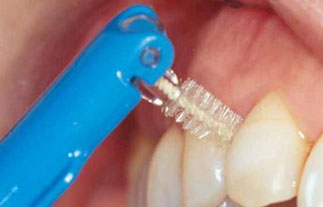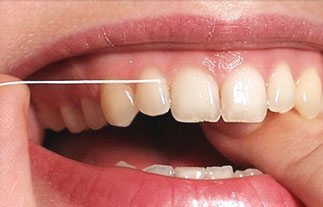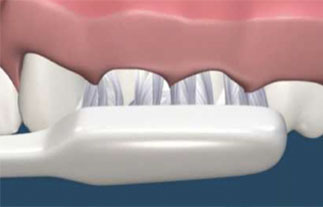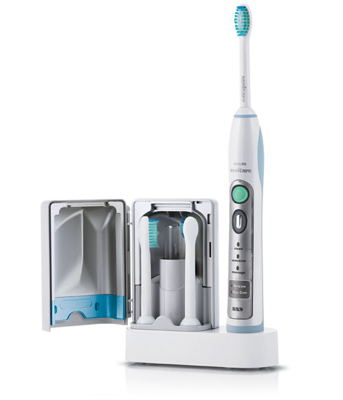PREVENTION
PREVENTING PERIODONTAL DISEASE
Daily brushing and flossing removes plaque from teeth and gums and helps reduce tartar deposits. Regular visits to the dentist are necessary to eliminate tartar where bacteria can grow and to clean in places that are difficult to reach.
There are other factors that a patient can control which directly correlate with the success of any periodontal treatment. Quitting the use of tobacco will improve oral health and reduce the risk of periodontal disease. Severity of periodontal infection is greater in diabetics. Maintaining control of blood sugar levels will decrease chance of infections.
Periodontal disease is more easily treatable in its early stages. Regular maintenance visits are important for successful periodontal therapy especially for individuals who are susceptible to the disease.
During your visit we will review effective brushing and flossing techniques.
The tooth brush technique that we recommend requires placement of the toothbrush pointed towards the gum line at a 45 degree angle. Gentle circular strokes are used to massage the tooth surface along the gum-line. If possible, we recommend using an electric toothbrush such as a Phillips Sonicare which is designed to push fluid between teeth and under gums. If you purchase a Sonicare toothbrush, please bring it to our office and we are happy to show you how to use it properly.
A Proxi Brush is used to clean between teeth after periodontal surgery has been performed. The brush removes plaque more efficiently than floss.
Thick floss such as Ultrafloss is recommended because it absorbs and grabs plaque as it runs between the teeth. We recommend wrapping the floss around the tooth and moving it up and down along the side to dislodge food and plaque.
Colgate Total Toothpaste has an antimicrobial component that inhibits plaque formation even after you brush.
Proxi Brush

Flossing Technique


Tooth Brush Technique

Phillips Sonicare


Periodontal Disease
Periodontal disease affects more than 80% of Americans by the age of 45. Certain factors contribute to its progression.

Diagnosis
Periodontal disease is diagnosed by your dentist or dental hygienist during a periodontal examination.

Treatment
Scaling, root planing and bite adjustment can improve the health of tissue, often being curative themselves.

